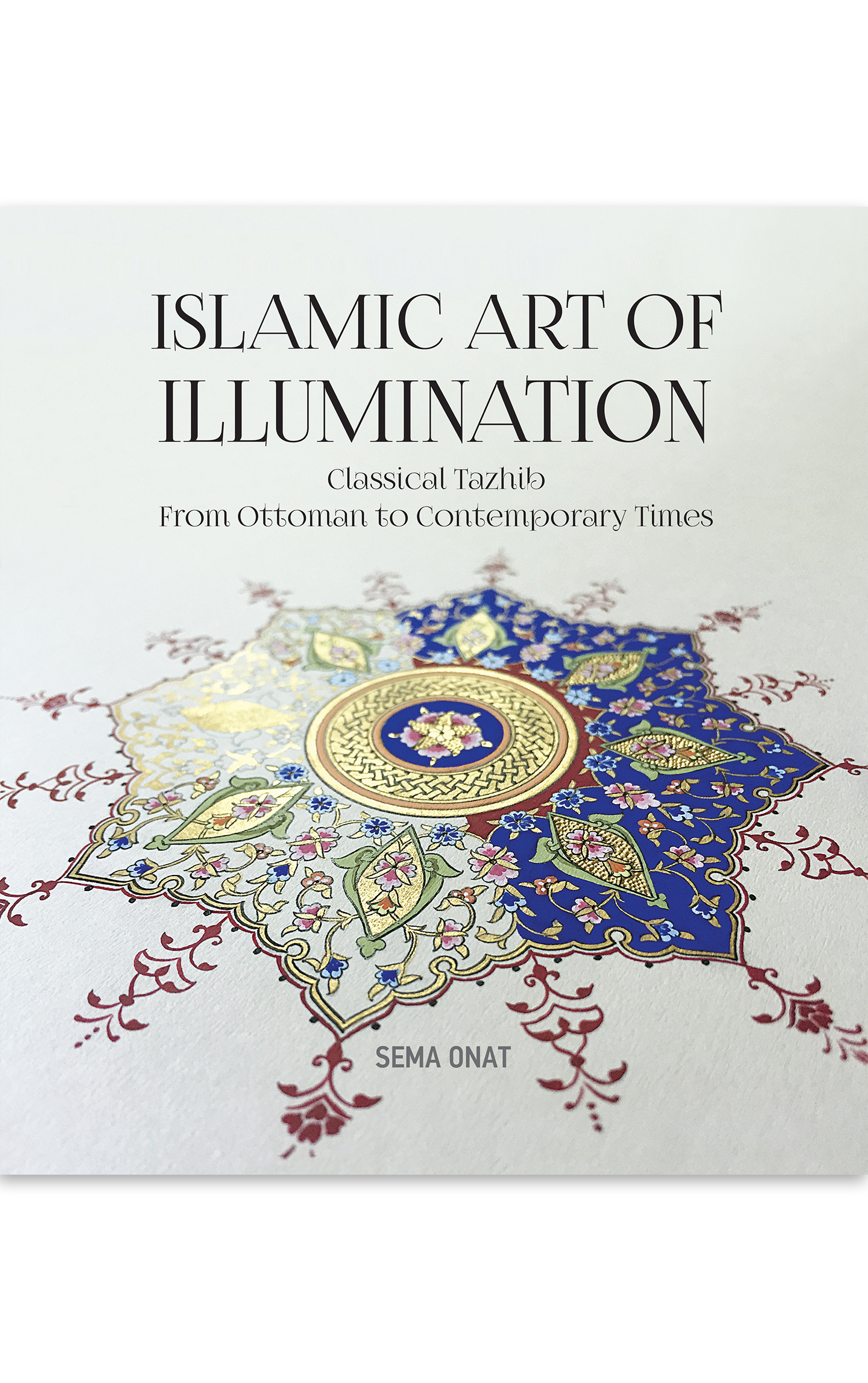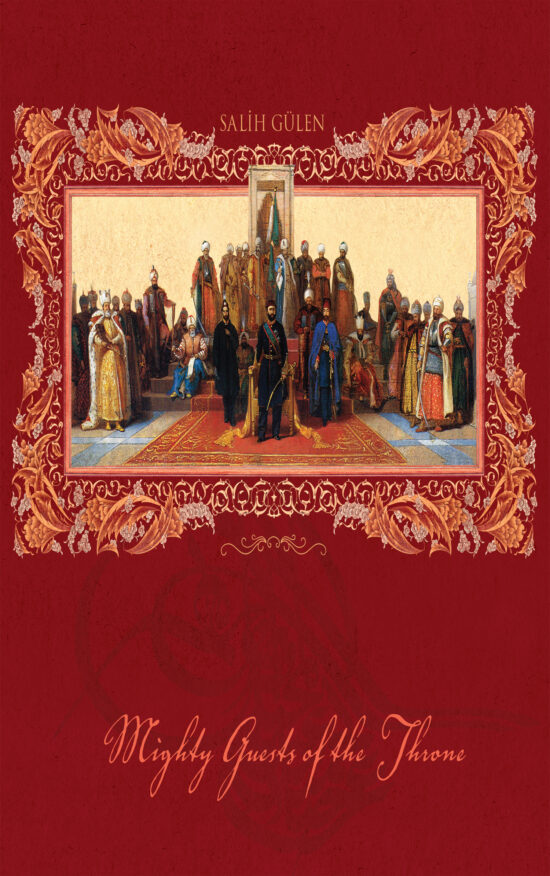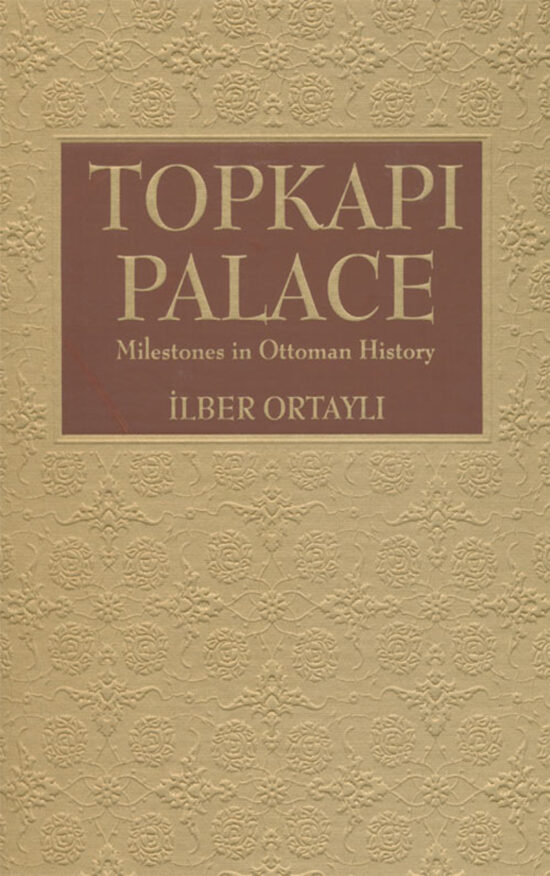Description
Islamic Art of Illumination presents an amazing mixture of classical Turkish illumination patterns and their contemporary interpretations. It illustrates how illumination was applied to various articles during the Ottoman period, including pictures, royal edicts and insignia, tiles, chests, gun holsters, shields, and even costumes prepared for the Sultan and his family. It also shows how today illumination has extensively been applied on architectural surfaces, book covers, manuscripts, carpets, textiles, ceramics, glass and wood panels, and metal works.
The author, a contemporary illumination artist, displays her incredible pieces of art, skillfully swirling her imagination together with classical Turkish Islamic patterns of illumination. In richly illuminated designs using motifs such as buds and roses, as well as stylized and naturalistic flowers, she exhibits all of the geometrical, foliate, and floral patterns used in the art. She also takes a closer look at making illumination designs and













Reviews
There are no reviews yet.